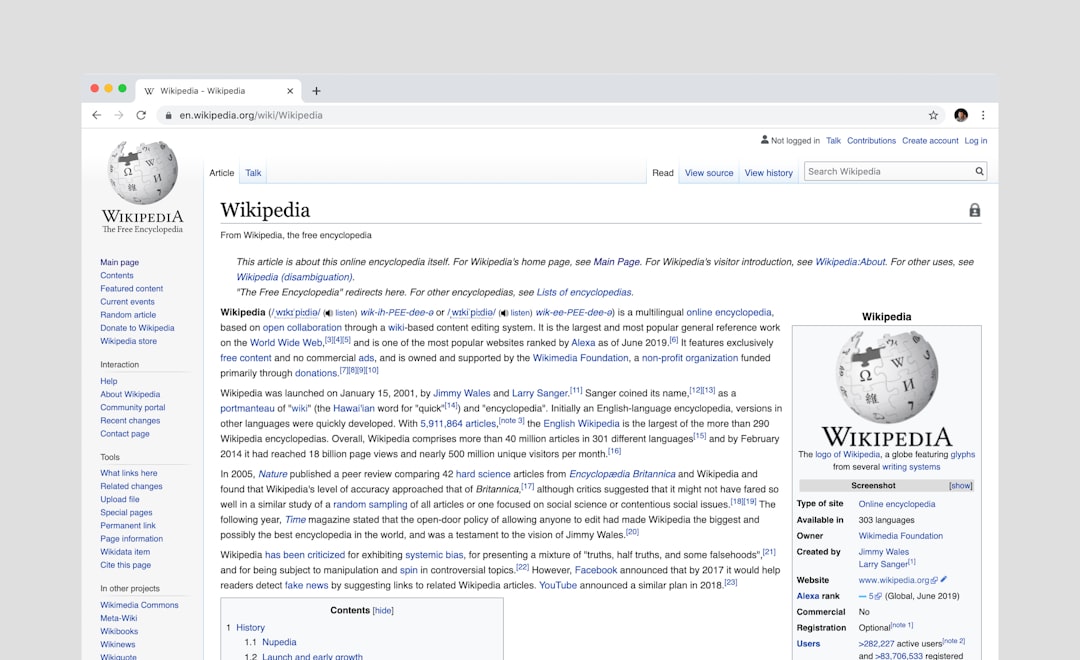ChatGPT, developed by OpenAI, has taken the world by storm with its natural language processing capabilities and ability to simulate human-like conversations. One of the most frequent questions users ask is about the range of languages that ChatGPT supports. As the platform continues to evolve, so does its linguistic versatility, enabling users from all over the world to interact with it in multiple languages.
The underlying models behind ChatGPT, particularly GPT-4, have been trained on extensive multilingual datasets. This allows ChatGPT to recognize, comprehend, and respond in numerous languages with varying degrees of accuracy and fluency.
Major Languages Supported
As of now, ChatGPT is capable of conversing in dozens of languages. However, the performance varies depending on the language. Languages spoken widely and that have abundant training data tend to show better results.
Here are some of the most supported languages:
- English – The most accurate and fluent, as most training data is in English.
- Spanish – High fluency and contextual understanding.
- French – Very good quality responses, especially in common topics.
- German – Consistently structured and reliable results.
- Portuguese – Compatible with both Brazilian and European variations.
- Italian – High-quality text generation.
- Chinese (Simplified and Traditional) – Fairly fluent in both conversational and formal topics.
- Russian – Adequate comprehension and response capability.
- Japanese – Functional for basic to intermediate conversations.
- Korean – Better suited for general queries and casual discussion.

Other Languages
In addition to the major languages, ChatGPT can also understand and respond in a wide range of other languages, though with varying levels of fluency. This includes:
- Arabic
- Turkish
- Swedish
- Dutch
- Greek
- Polish
- Hindi
- Hebrew
- Thai
- Indonesian
Although ChatGPT can respond in these languages, its fluency and accuracy might drop when dealing with complex sentence structures, idiomatic expressions, or cultural nuances.
Language Detection and Switching
Users do not need to configure a setting to specify the language; ChatGPT automatically detects the input language and responds accordingly. This makes it particularly useful for bilingual or multilingual conversations where users might switch between languages within a single session.
Moreover, users can ask ChatGPT to translate text, explain grammar rules, or even teach them basic phrases in specific languages, further showcasing its multilingual versatility.
Image not found in postmeta
Limitations of Multilingual Capabilities
While ChatGPT supports many languages, there are still some constraints:
- Limited training data: Less commonly used languages may not have as much training data, resulting in less fluent responses.
- Script challenges: Languages with complex scripts or grammatical structures, such as Amharic or Burmese, can lead to mistakes in syntax or semantics.
- Contextual gaps: Nuanced conversations in low-resource languages might suffer from poor context retention.
OpenAI continuously works to improve these aspects by expanding its training datasets and refining language models for broader and more accurate global communication.
Conclusion
ChatGPT stands out as a versatile conversational agent with broad language support. Whether for business, education, travel, or general curiosity, its multilingual capabilities empower users around the world to connect and communicate effortlessly. Though excellence in all supported languages is still a work in progress, the ongoing improvements point to an increasingly inclusive and accessible AI future.
Frequently Asked Questions (FAQ)
- Q: Can ChatGPT translate between languages?
A: Yes, ChatGPT can perform basic translations and even provide explanations for translated phrases. - Q: What is the most accurate language ChatGPT supports?
A: English is the most accurate due to the vast amount of training data in that language. - Q: Is ChatGPT capable of understanding regional dialects?
A: ChatGPT can recognize some regional dialects, but accuracy depends on how commonly the dialect appears in its training data. - Q: How many languages does ChatGPT support?
A: ChatGPT can understand and respond in dozens of languages, though performance depends on the language’s prominence in the training data. - Q: Can I have a multilingual conversation with ChatGPT?
A: Yes, ChatGPT can handle inputs in multiple languages within the same conversation and respond appropriately.


Leave a Reply